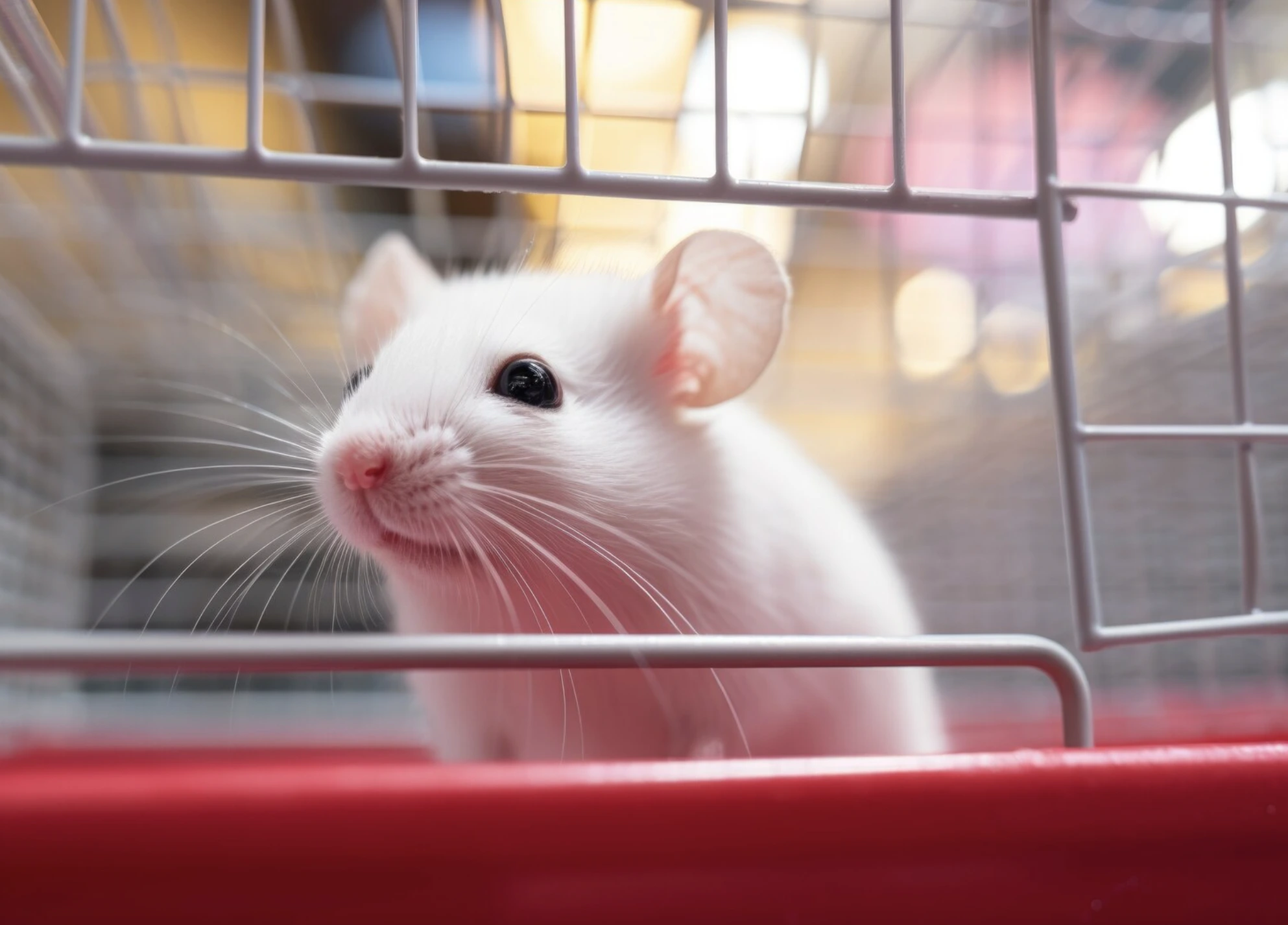
Image from Freepik
AI-Powered Robotic Rats Successfully Blend Into Real Rat Communities
Roboticists at the Beijing Institute of Technology, in partnership with colleagues from the Technical University of Munich, have developed a robotic rat capable of social interaction with live rats for a continuous half hour.
In a Rush? Here are the Quick Facts!
- Robotic rats mimic social behaviors, fooling real rats into accepting them during interactions.
- AI-driven training taught robots to wrestle, nuzzle, and display aggression like real rats.
- Robotic rats enable long-term studies of social dynamics, overcoming biological limitations.
In a study published in Nature Machine Intelligence, the team details how AI was utilized to train the robot to replicate real rat behavior.
Tech Xplore reports that Thomas Schmickl from the University of Graz explained how the researchers employed feedback loops and AI-based reinforcement learning to equip the robotic rats with social skills convincing enough to engage live rats.
The goal of the project was to create a robot that could convincingly mimic the behavior of a real rat to the point that lab rats would accept it as one of their own. It appears that the researchers have succeeded.
Studies have shown that rats display a range of social behaviors, from aggression during stress to playfulness when content.
For the robot to be accepted, it had to accurately perform these behaviors, including wrestling and nuzzling during positive interactions or showing aggression when appropriate, as reported by Tech Xplore.
To achieve this, the team designed the robotic rat with AI-driven deep learning capabilities and trained it using video recordings of rats interacting.
To enhance the robot’s social acceptance, the researchers coated it with rat urine, which masked its artificial scent and made it seem more familiar and less threatening to the real rats, as reported by Interesting Engineering.
Over time, the robot refined its responses and learned to behave appropriately in real-time interactions with rats, receiving positive reinforcement when it succeeded. This allowed it to adapt and develop what could be described as a “rat personality,” noted Tech Xplore.
While the robot differed from a biological rat in having a wheeled, cart-like body instead of legs, it retained several lifelike characteristics, reports Tech Xplore. Its spine could bend and twist like a real rat’s, its head movements were realistic, and its forelimbs were functional enough to physically engage with real rats.
Tests demonstrated that the robot was not only accepted but elicited expected responses. Real rats reacted fearfully when the robot displayed aggression and engaged in playful wrestling or nuzzling during calm moments, just as they would with other rats, as reported by Tech Xplore.
The researchers suggest these robots could be valuable tools for studying social dynamics and influencing the emotional states of lab rats.
The researchers highlight that one key advantage of these robotic rats lies in their ability to engage in long-term and repetitive interactions, overcoming the inherent limitations of natural social behaviors in biological systems.
This extended interaction capability opens new opportunities for conducting more in-depth and prolonged studies on social dynamics and behavioral patterns. The team believes that this particular robotic rat, equipped with advanced AI training, represents a significant leap forward in robot-animal interaction.
Its ability to adapt to various scenarios positions it as a valuable tool for studying animal behavior and potentially improving the welfare of laboratory animals, as reported by Interesting Engineering.


 Previous Story
Previous Story

 Latest articles
Latest articles 

Leave a Comment
Cancel